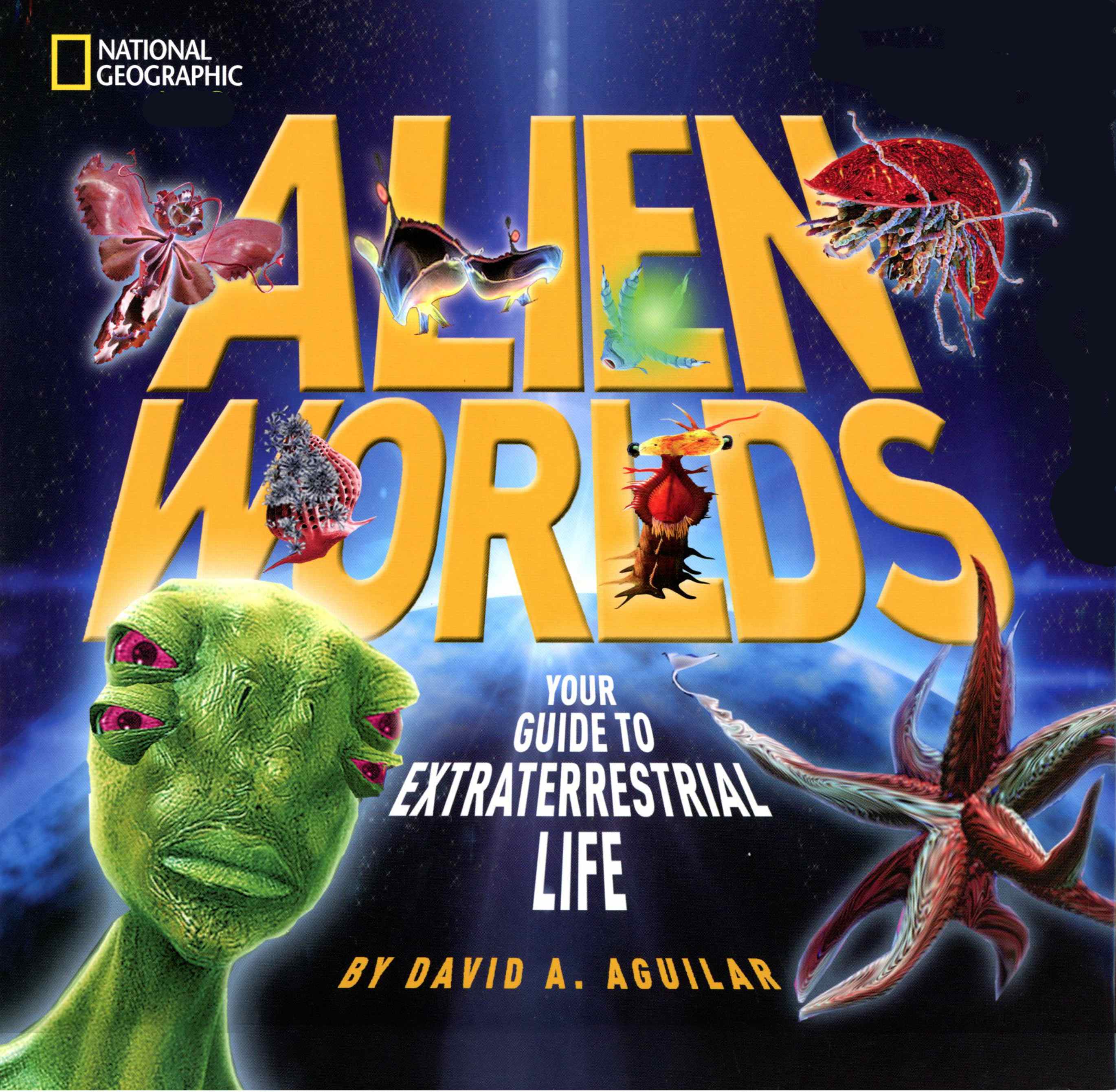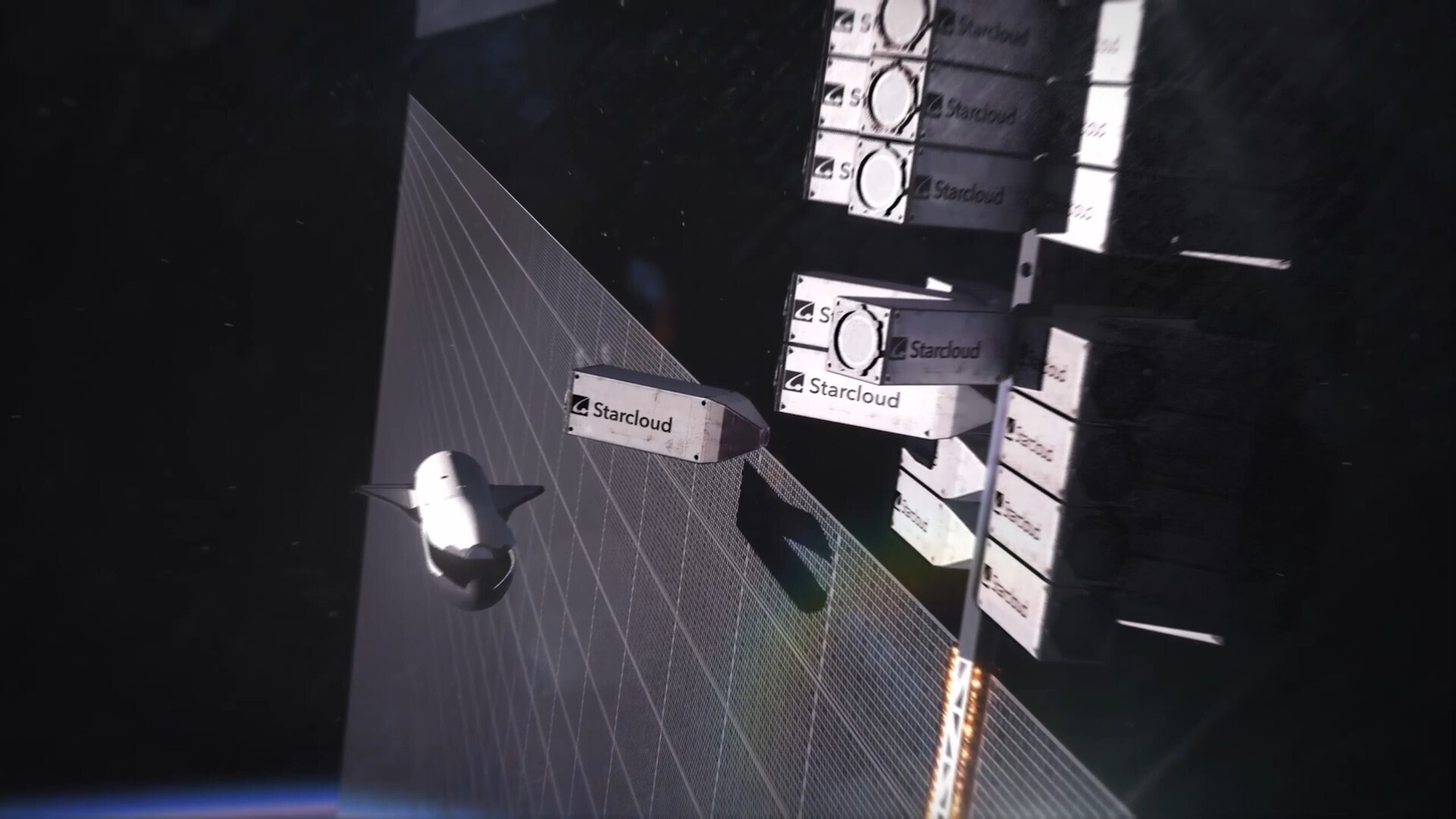Watch Live @ 7:30 pm EST Tonight: What Might Alien Life Look Like?


Our Milky Way galaxy contains billions of planets, many of which may be capable of supporting life. But if aliens are indeed out there, what might they look like?
David Aguilar has come up with some ideas, and he's sharing them with the public in a live webcast tonight (Dec. 19), beginning at 7:30 p.m. EST (0030 GMT on Dec. 20). Aguilar, director of science information at the Harvard-Smithsonian Center for Astrophysics (CfA), will discuss "Alien Worlds," his latest National Geographic children's book.
"He applies real-world biology to known exoplanets and populates them with exotic life forms that might actually exist," CfA officials wrote in a media advisory about the event, which is part of the center's monthly Observatory Night series.
Observatory Night events are held at the CfA complex in Cambridge, Mass., and are open to the public. Anyone with an Internet connection can watch Aguilar's presentation via the CfA webcast, which can be found here: http://www.cfa.harvard.edu/publicevents
Follow Mike Wall on Twitter @michaeldwall and Google+. Follow us @Spacedotcom, Facebook or Google+. Originally published on SPACE.com.
Breaking space news, the latest updates on rocket launches, skywatching events and more!

Michael Wall is a Senior Space Writer with Space.com and joined the team in 2010. He primarily covers exoplanets, spaceflight and military space, but has been known to dabble in the space art beat. His book about the search for alien life, "Out There," was published on Nov. 13, 2018. Before becoming a science writer, Michael worked as a herpetologist and wildlife biologist. He has a Ph.D. in evolutionary biology from the University of Sydney, Australia, a bachelor's degree from the University of Arizona, and a graduate certificate in science writing from the University of California, Santa Cruz. To find out what his latest project is, you can follow Michael on Twitter.
